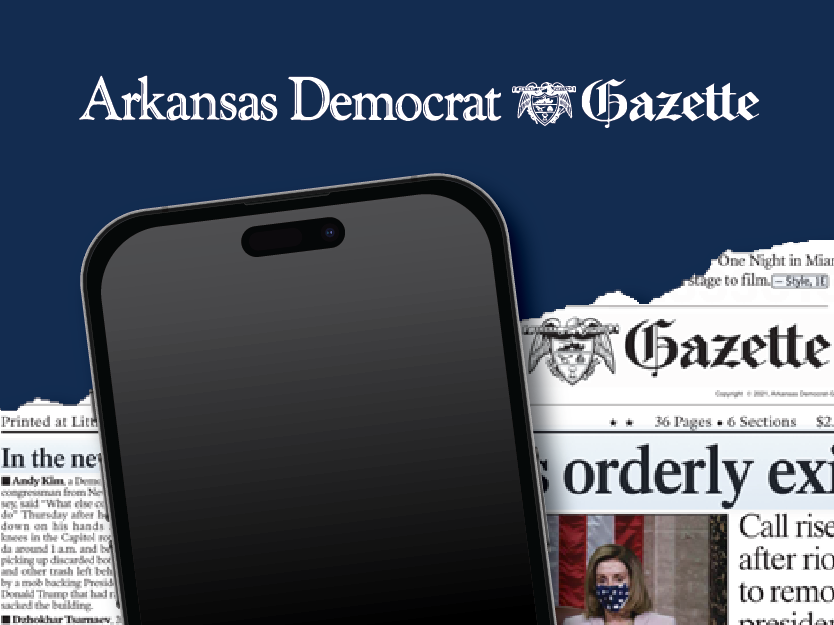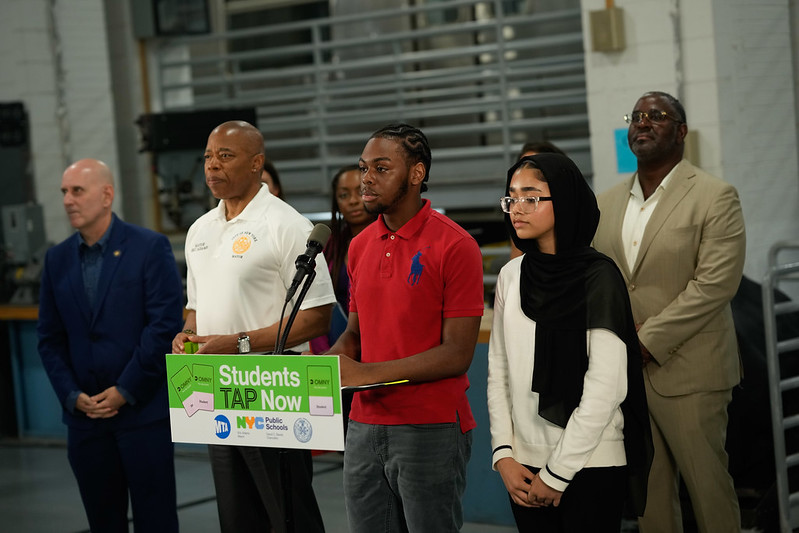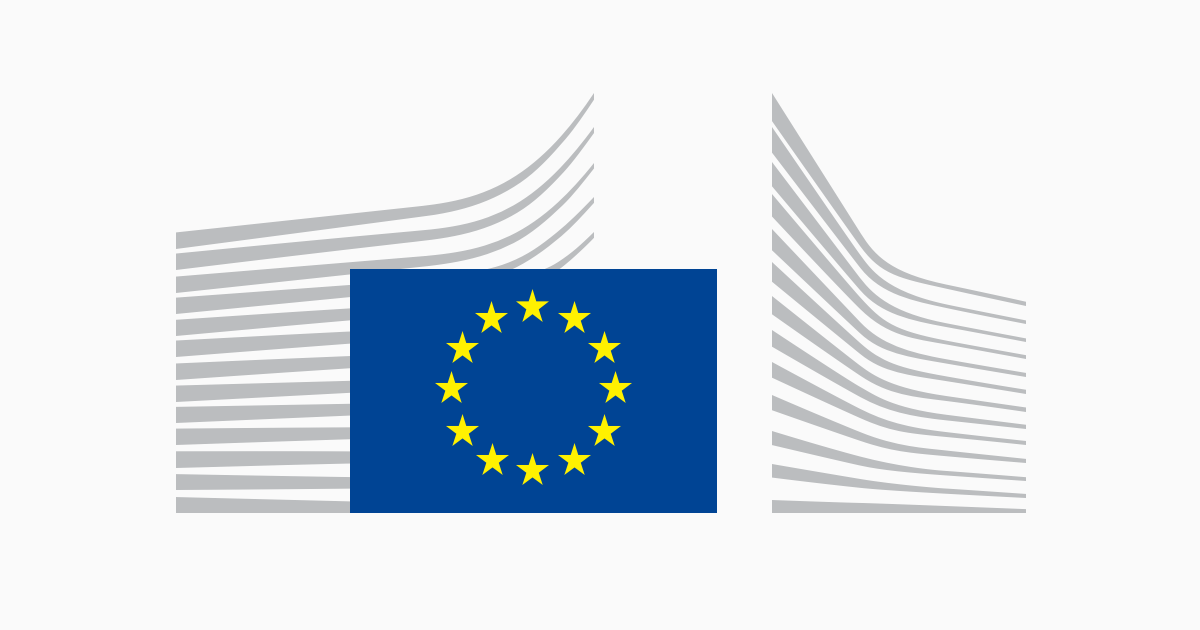Table of Contents
The Institute for Supply Management's manufacturing Purchasing Managers' Index (PMI) fell to 48.7 in May from 49.2 in April, below analyst expectations. Saxo Chief Global Equity Strategist Peter Garnry explains that China's export policies are pressuring manufacturing in Europe and the US, potentially causing lower goods inflation in the short run but higher inflation in the long run. He predicts a rate cut later in the year and believes the US needs to get past the presidential election to see how the market pivots. Garnry describes the economy as a "two-lane economy," with one part sensitive to interest rates and the other part resilient. He also emphasizes the role of the election in the Fed's decision to cut rates.






